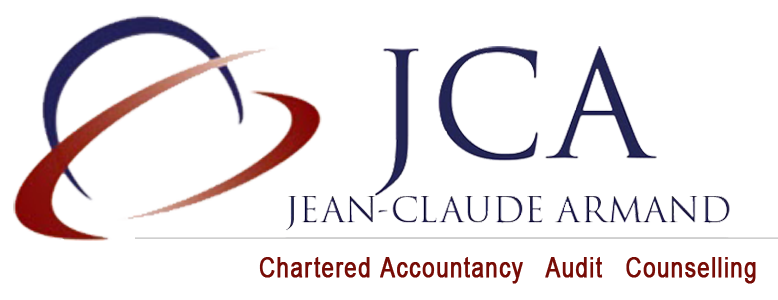Innovation tax credit (CII) : how to benefit from it?
Innovation Tax Credit in France – Overview
The innovation tax credit in France (in French “Crédit d’Impôt Innovation” (C.I.I.)) is a tax measure that enables partial funding of outlays incurred to enhance the functionalities of any device on a given market; it can be in the form of reimbursement or a reduction of corporate tax.
International French group branch offices or subsidiary companies, provided they are SME under the European definition, can obtain from the French state the reimbursement of up to 30% of their spending to embed new functionalities on devices, in the same conditions as French companies. Branch offices are also concerned, that is to say, unincorporated foreign stable establishments in France.
Because the innovation tax credit in France is a tax measure, it is not subjected to any regulatory framework and is not taken into account for the limit of European public fund aids.
How does it work?
Scope of spending…
The spending engaged has to relate to the setup or conception of new prototypes or design of new products. Hence, a new product should meet a couple of criteria. First, it must not be made available to customers. Second, It outperforms technically those existing on the market.
…and calculation of innovation tax credit in France
The spending eligible for CII are the following:
- Salaries and related social expenses,
- Depreciation allowances for assets used in innovation projects,
- Operational expenses,
- Intellectual protection expenses (patent costs),
- The costs of subcontracted research entrusted to public research entities, scientific experts and private structures approved by the Ministry of Industry.
The innovation tax credit and staff expenses
- Gross salaries and the employers’ social tax costs for researchers (executives and technicians),
- Gross salaries and employers’ social tax costs for managing directors (in French “mandataires sociaux”),
- Salaries of trainees,
- All staff costs not belonging to the company, provided they are charged at cost price, (prorated to the time spent on Innovation programs only).
… And depreciation allowance
- The depreciation allowance assigned to all Innovation programs are included in the base of the calculation.
… And running costs
- Staff expenses as defined above benefit from an increase to a rate of 43%,
- Depreciation allowance benefits from an increase of 75% within operating costs.
… And subcontracted research
- The innovation expenses entrusted to private organisms, which are listed and hence authorized by the Ministry of Indutsry’s Website.
The subsidies related to the program must be subtracted for the above-mentioned expenses.
The maximium innovation tax credit you can get..
All the expenses are capped at 400 K€ incurred per calendar year. Hence the Innovation Tax Credit cannot overtake K€ 120.
..and its repayment
The tax credit will reduce corporate tax owed by the company. Any excess is refunded immediately.
How to legally optimize and secure the Innovation tax credit (CII)?
Companies that want to secure their CII in France can file a prior notice request (rescrit fiscal in French) to the tax authorities before starting innovation operations. This procedure is highly recommended. The opinion will constitute a position on the part of the tax authorities’ standpoint, although it keeps its right to control the reality and the amounts of the expenses eligible.
The company has to submit evidence attesting the reality of its innovative programs. This submission takes the form of a write-up laid out according to the requirements of the Oslo Manual.
The innovation tax credit and other tax incentives
The status can be accumulated with all other tax incentives, especially the CIR, the Video-Game tax credit and the Young Innovative Statut (JEI). For further information on this, please look up tax credits – what you need to know.
The innovation tax credit in France: to sum up..

Tax incentives


